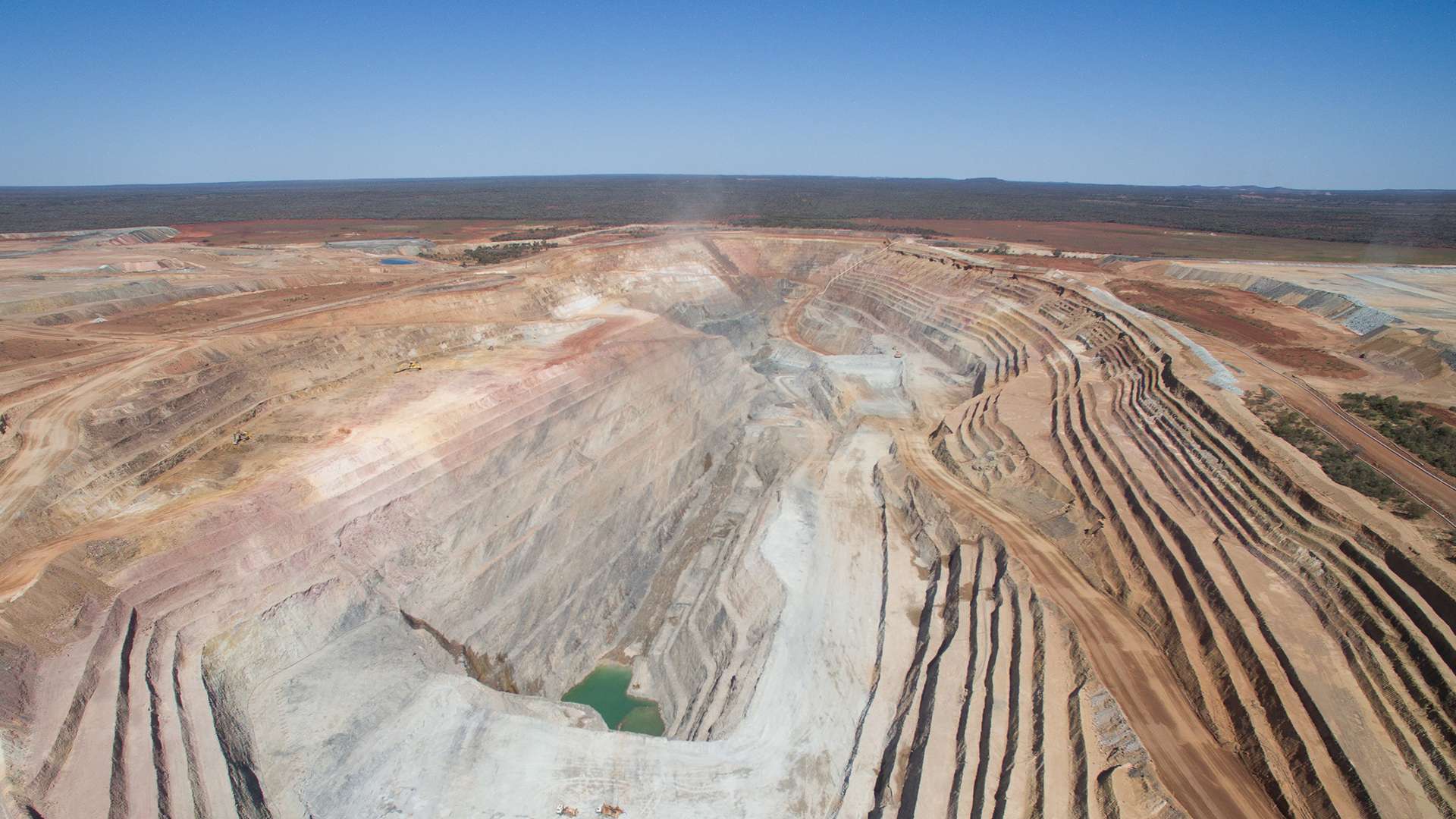Regis Resources
GEOSTATISTICS SIGNIFICANTLY IMPROVE RESOURCES ESTIMATIONS
Gold production and exploration company saves time and effort with greater confidence
Jarrad Price, Senior Resources Geologist at Regis Resources, has been using Surpac for 8 years for geological resource estimation. Recent upgrades to Surpac, particularly in geostatistical tools, have further improved the firepower for resources estimations, saving the company time and effort – and may even remove the need for a separate geostatistical program.
Surpac’s improved geostatistics capabilities provide me with greater confidence in my exploration data and block model validation, enabling more accurate estimations. Improved charting and data processing means my workflow is more streamlined and faster, in particular its declustering feature that generates a representative data distribution through sample weighting
Surpac supports declustering in the software, removing the need to locate the after-market declustering macro each time Jarrad needs to create a swath plot. Swath plots are a tool used to validate a resource estimation by comparing the average grade of the estimate versus the grade of the data over a range of northings, eastings and elevations.
Fast Swath Plots Creation
“Comparing the estimate grade to the declustered composite grade is more realistic as it will remove the bias of high-grade samples. Surpac’s ability to create swath plots is very fast and will save roughly 10 minutes per swath plot,” says Jarrad.
Grade Tonnage Curves are also featured in Surpac to visually enable a quick analysis of resources estimation at a range of cutoffs. They are usually time consuming to create, especially after running 50 iterations of an estimate, but they are quick and easy to generate in Surpac. There are similar time savings achieved with Surpac’s Grade Tonnage feature as is experienced with swath plots.
“Surpac’s basic statistics window can now produce a mean or variance plot to help determine what assays require cutting or removal prior to complete variography and estimations. It enables quick and easy determination of what uppercut is required to reduce the variability of the estimation input data to reduce the chances of grade over-estimation,” explains Jarrad.
Dynamic Anisotropy
Surpac’s newly developed dynamic anisotropy features enable the company to perform improved resources estimations by aligning the sample search to the trend or orientation of the mineralization assigned by users.
“This feature is particularly useful when estimating deposits that have undulating or folded mineralization. It’s simple to operate as I just have to generate a DTM that follows the trend, which is assigned to the model prior to estimation. We have started looking at this feature and can see the possibilities for its application on our deposits at resource and grade control scale.”
Resource Estimation
Additionally, Surpac can perform resource estimation into different cell sizes within the same model; useful for instances when a deposit has differing mineralization thicknesses, welldrilled or poorly drilled areas.
“We can see this being used at our Moolart Well operation in Duketon, which has densely drilled flat-lying l aterite mineralization underlain by moderately dipping primary mineralization that is not as well-drilled,” says Jarrad.
“Estimations are commonly completed in passes, from a first pass that searches distances, to suit better drilled areas, to second or third passes that suit broader spaced data. Surpac has an added option in the estimation form that enables passes to be assigned with each estimation; thereby reducing the size and complexity of macros and reducing the potential for errors.”
Company Profile
Based in Perth, Australia, Regis Resources is a publicly-listed gold production and exploration company with operations in the North Eastern Goldfields of Western Australia and the Central Western region of New South Wales. Dassault Systèmes’ GEOVIA Surpac™ is used at Regis Resources’ head office in Perth, and three mining operations located within the Duketon Project, located 130 kilometers north of Laverton, Western Australia.
